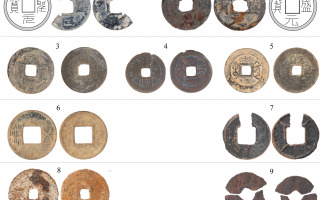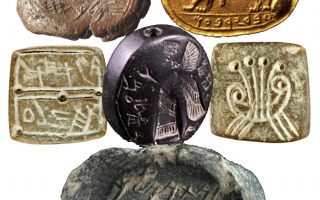Shedding New Light on Invisible Forces: Hidden Magnetic Clues in Everyday Metals Unlocked
A team of scientists has developed a powerful new way to detect subtle magnetic signals in common metals like copper, gold, and aluminum—using nothing more than light and a clever technique. Their research, recently published in the prestigious journal Nature Communications, could pave the way for advances in everything from smartphones to quantum computing.
The Longstanding Puzzle: Why Can’t We See the Optical Hall Effect?













